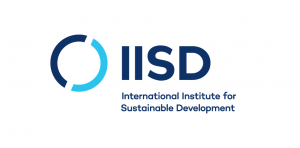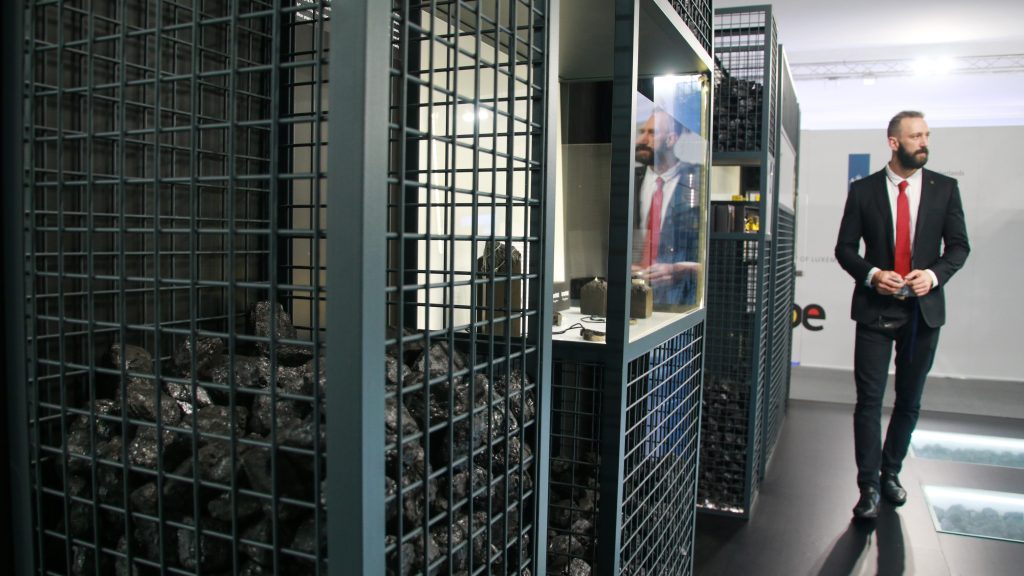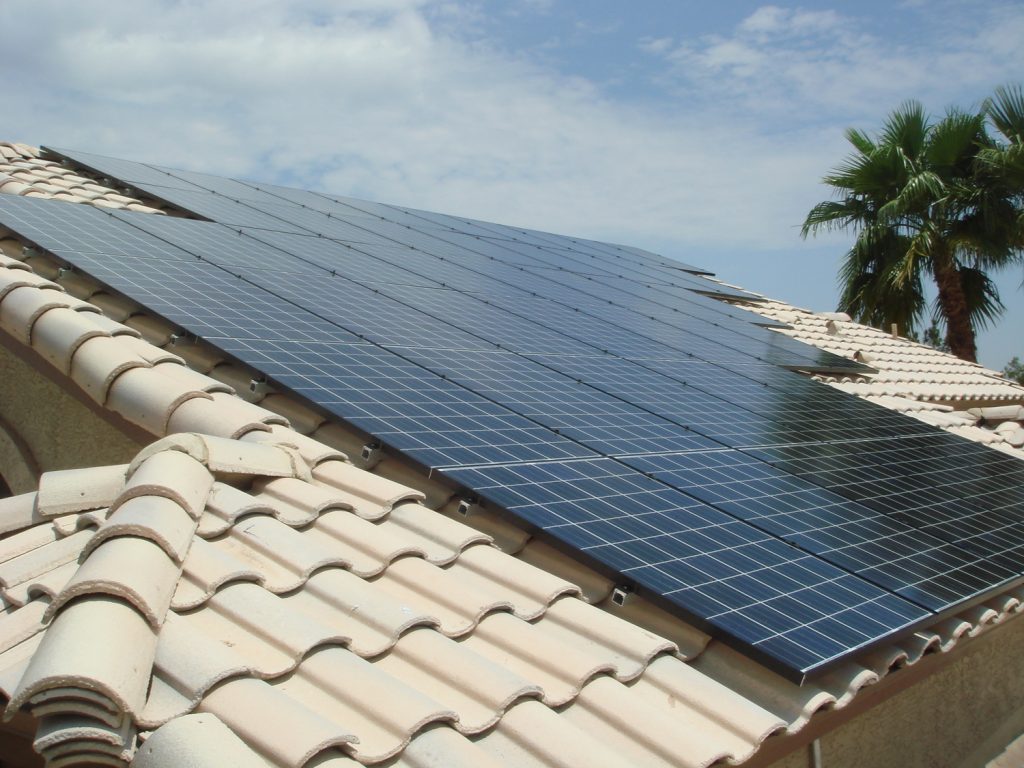I discussed in my last blog post the concepts of good and bad energy. In this post, I (and the presentations I discuss) determine the basis for good energy based off of greenhouse gas emissions. In my eyes, the good energies that we should be promoting are those with little to no greenhouse gas emissions, as these are the sources most likely to enable us to maintain a 1.5 ° C max increase in mean global temperatures. What became clear to me at COP24, though, is that today’s market is giving undue support to high emitting energy sources. The support to which I am referring is fossil fuel subsidization. One of the most common calls to action that I heard mentioned during my time at COP24 was the need for governments to undertake fossil fuel subsidy reform.
 My attention may not have been brought to the topic, had it not been for one of my clients, the International Institute for Sustainable Development (who graciously took me under their wing after the incredibly unfortunate dissolution of the International Center for Trade and Sustainable Development). IISD has created an entire body, called the Global Subsidies Initiative, that is dedicated to working with governments and assisting them in the removal of fossil fuel subsidies. Over the course of COP24, GSI partnered with many organizations and government officials to spread the word of the potential benefits to fossil fuel subsidy reform. In a presentation on my final day at the negotiations, GSI brought together representatives from Argentinian NGO, FARN, and India-based think tank, CEEW, to discuss how redirection of money going towards fossil fuel subsidies could lead to increased funding of community services, like improved healthcare and access to clean water.
My attention may not have been brought to the topic, had it not been for one of my clients, the International Institute for Sustainable Development (who graciously took me under their wing after the incredibly unfortunate dissolution of the International Center for Trade and Sustainable Development). IISD has created an entire body, called the Global Subsidies Initiative, that is dedicated to working with governments and assisting them in the removal of fossil fuel subsidies. Over the course of COP24, GSI partnered with many organizations and government officials to spread the word of the potential benefits to fossil fuel subsidy reform. In a presentation on my final day at the negotiations, GSI brought together representatives from Argentinian NGO, FARN, and India-based think tank, CEEW, to discuss how redirection of money going towards fossil fuel subsidies could lead to increased funding of community services, like improved healthcare and access to clean water.
One of the clearest non-GSI calls to remove fossil fuel subsidies was in a presentation at the European Union Pavilion called “From the skies or the sea: How can regulation align international transport with the Paris goals.” This event featured a group of panelists, each discussing various policy analyses and recommendations related to fuel sources that make up the EU’s transportation industry. One presenter from EU’s Transport and Environment, Faig Abbasov, focused his presentation on recommendations for the shipping industry. Abbasov explained to the audience that the sipping industry accounts for 1 GtCO2 per year and that the annual sulfur emissions of just one ferry equate to that of 400,000 cars. In his eyes, it is clear that our shipping needs to be electrified- we need to drastically increase the number of battery-operated vessels and we need to do so quickly. The problem he sees, though, is that our markets have been propping up liquified natural gas as a fuel option.
 Many have considered natural gas to be a transition fuel, as it emits far less greenhouse gases than conventional fossil fuels. In the grand scheme, though, Abbasov estimates that substitution of natural gas as a fuel source for our shipping vessels amounts to only around a 5-10% reduction in emissions, which is far, far less than the amount we need to reduce to limit our global temperature increase to 1.5° C. Still, natural gas is subsidized and promoted amongst markets. Abbasov explained that without natural gas subsidies, battery-operated ferries are already cost competitive with traditional fuel-powered ferries. Instead of turning to the socially efficient option of zero-emission battery-powered ferries, though, fossil fuel subsidies support a fuel source that keeps us far from reaching our emission reduction goals. While this is a case specific to the shipping industry, similar effects arise every day from subsidization of coal and oil. I leave COP24 with a desire to explore further the effects that reform of fossil fuel subsidies could have on our climate action and how countries could promote these reforms in a way that promotes benefits across communities.
Many have considered natural gas to be a transition fuel, as it emits far less greenhouse gases than conventional fossil fuels. In the grand scheme, though, Abbasov estimates that substitution of natural gas as a fuel source for our shipping vessels amounts to only around a 5-10% reduction in emissions, which is far, far less than the amount we need to reduce to limit our global temperature increase to 1.5° C. Still, natural gas is subsidized and promoted amongst markets. Abbasov explained that without natural gas subsidies, battery-operated ferries are already cost competitive with traditional fuel-powered ferries. Instead of turning to the socially efficient option of zero-emission battery-powered ferries, though, fossil fuel subsidies support a fuel source that keeps us far from reaching our emission reduction goals. While this is a case specific to the shipping industry, similar effects arise every day from subsidization of coal and oil. I leave COP24 with a desire to explore further the effects that reform of fossil fuel subsidies could have on our climate action and how countries could promote these reforms in a way that promotes benefits across communities.
Ferry Image Sourced from:



